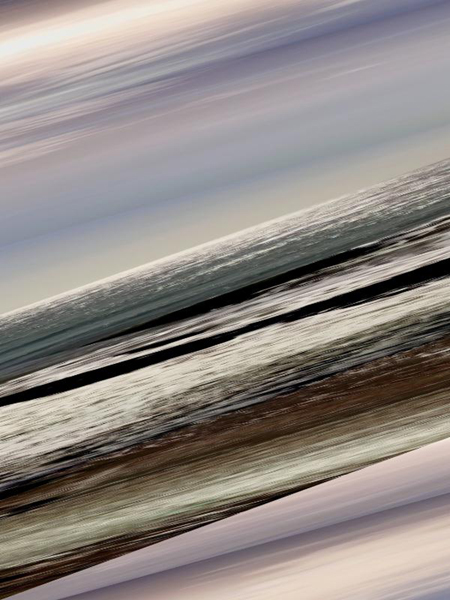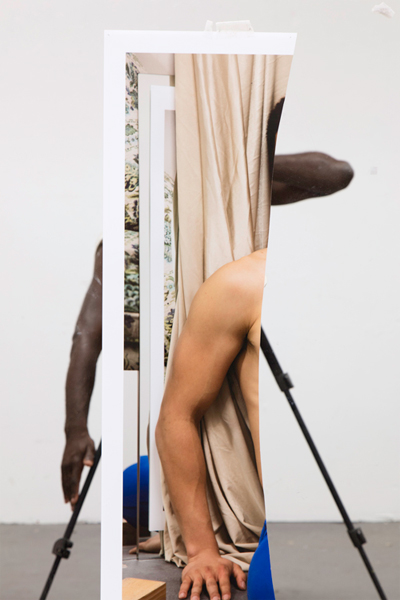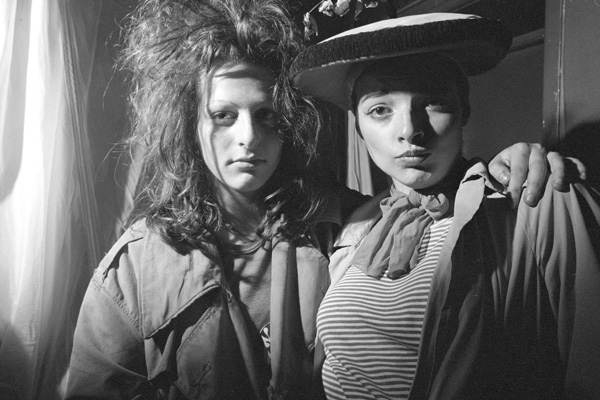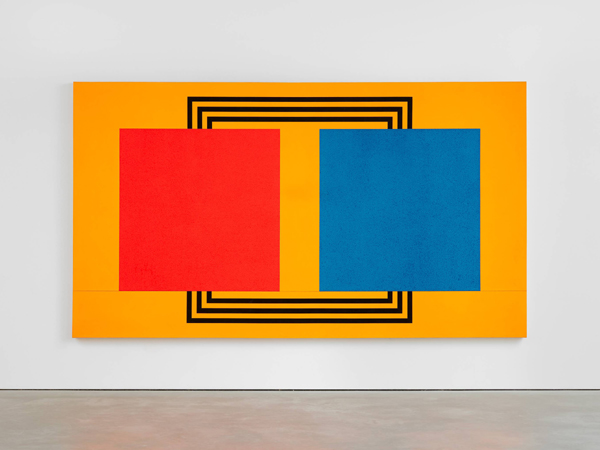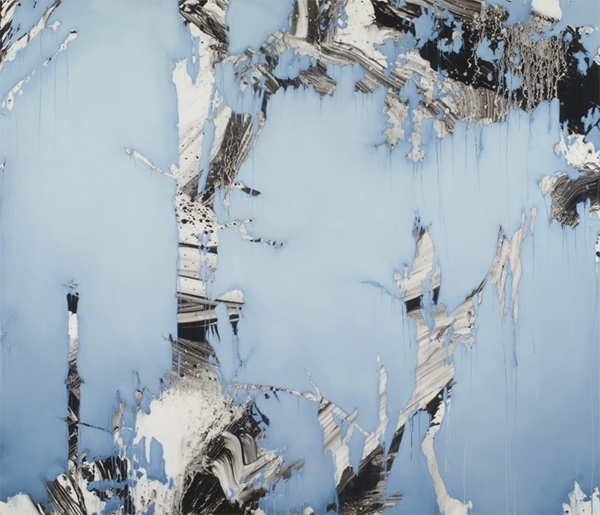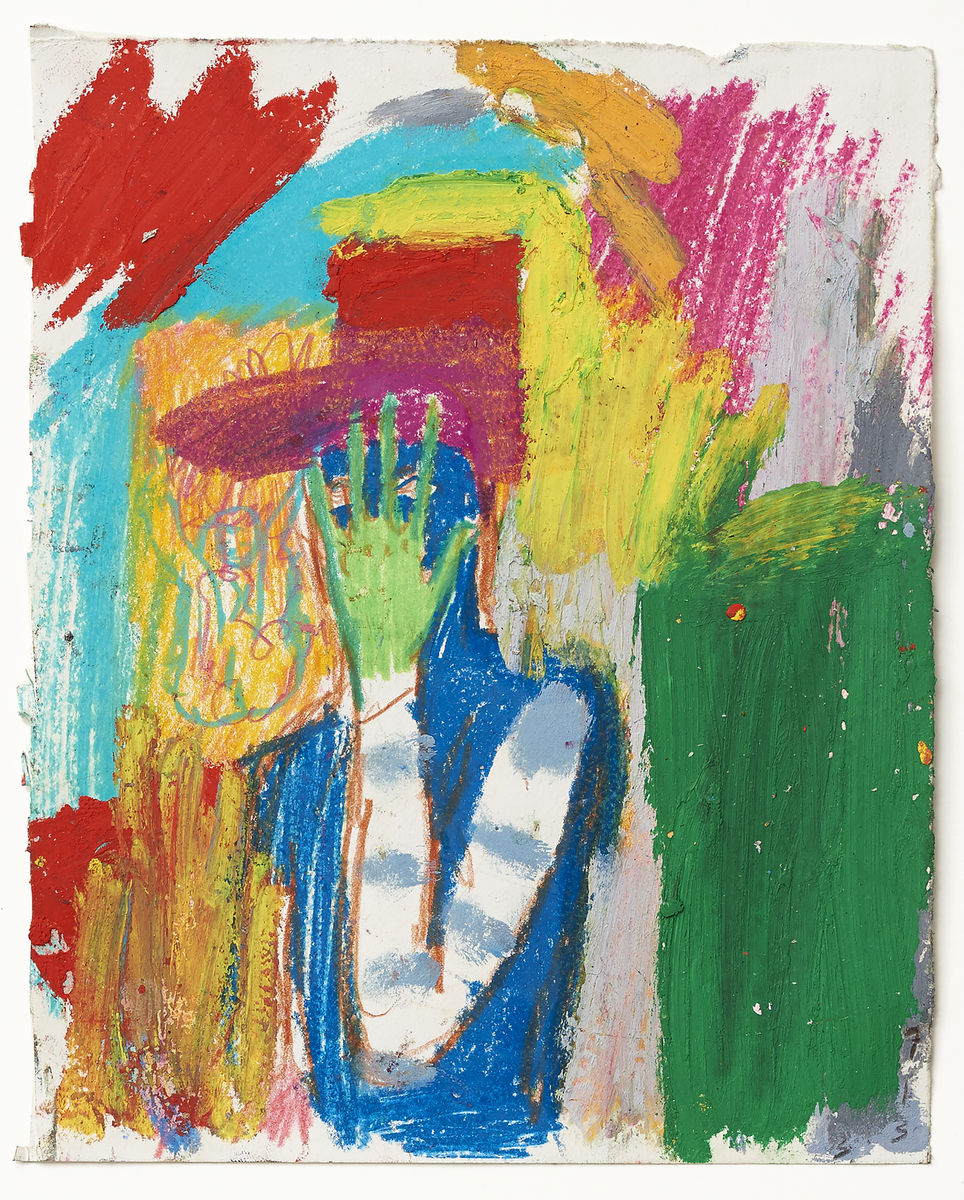MASOOD KAMANDY
2017-01-30Photographs are a wondrous combination of serendipity and intention. The observer effect in physics also holds true for art: seeing the world can be a transformative act. In Kamandy’s practice, photography is an expressive and experimental medium where he observes, records and refines. Focused through a lens, rays of reflected light hit a surface to create an entirely unique 2D reality. There is a curiosity and sometimes a surprise in the act of creating an image that alludes to the essence of experimentation.
The camera’s mysterious interior is often referred to as a black box. Light goes in and is organized through esoteric and seemingly unknowable processes. Almost magically an image emerges. This liminal space inside the black box where light is organized is Kamandy’s creative space.
This new body of work was created using experimental camera software developed for the iPhone by Kamandy himself. The software, named Oblique, is the culmination of research in the fields of art, computer graphics and mathematics. It embodies his desire to dig deeper into the fundamental elements of digital images.
The iPhone is the single most-used camera in history. It is also a powerful and programmable computer. The speed with which the computer processes a photograph creates new opportunities for real-time intervention and expression. Oblique compresses all editing into a single shutter press; there is no post-production. Custom filters give the user the ability to manipulate images directly using different algorithms in real-time, allowing them to experience the world in new and unique ways.
Opposite – Horizon (Light), 2017
Exhibition runs from February 18th to March 25th, 2017
Luis De Jesus Los Angeles
2635 S. La Cienega Blvd.
Los Angeles
CA 90034
